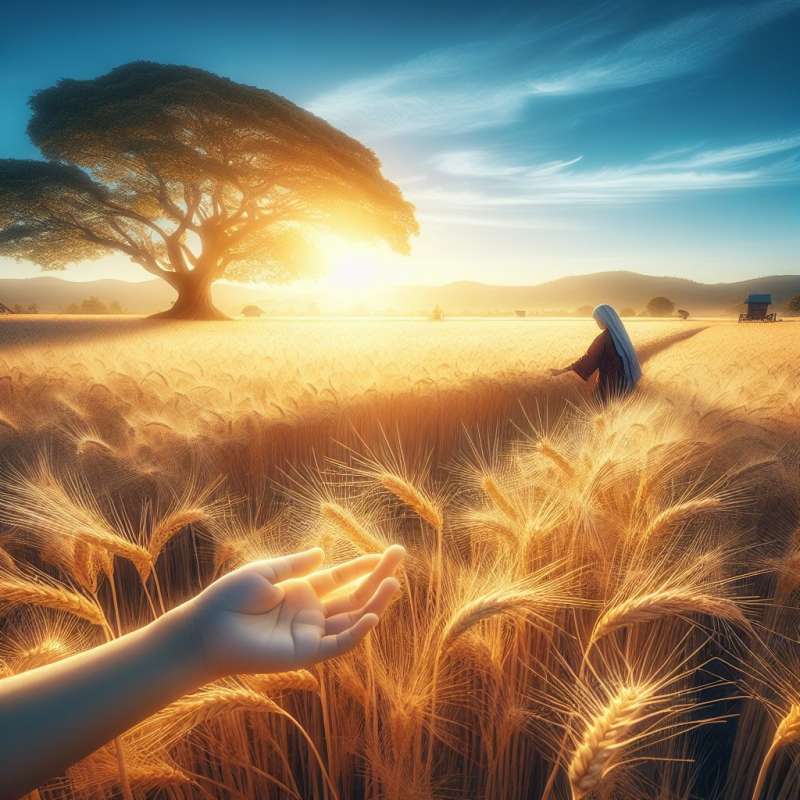
Introduction to Grass
Grasses are more than lawn cover. They belong to the Poaceae family, a vital group for ecosystems, supporting diverse wildlife and underpinning agriculture with cereal crops.
Grass: Earth's Carpet
Grasslands, including savannas and prairies, cover approximately 40% of the planet's land surface. They are key carbon sinks, influencing the global climate.
Grass Diversity Unveiled
With over 11,000 species, grasses vary from rice, wheat, and maize to bamboo and tall pampas. Each species plays a unique ecological role.
Ancient Grass Ancestors
The earliest grass fossils date back 66 million years, coinciding with the dinosaurs' extinction. They evolved to dominate during the Cenozoic era.
Survival Through Versatility
Grasses have adapted to survive extreme conditions, from deserts to wetlands. Their secret lies in growth from their base, not tips, preserving vital parts from grazers.
Grass Supports Humanity
Human civilization owes much to grasses. Staple grains like wheat and maize feed billions, while grasses such as sugarcane and sorghum are essential for various industries.
Unexpected Grass Uses
Grasses are not just food; they are used in construction, medicine, and biofuels. Bamboo, a grass, is a sustainable alternative for building materials and textiles.Dinosaur Grass Diet?
Fossilized dinosaur dung shows that some dinosaurs might have eaten grass, suggesting grasses existed 10 million years earlier than previously thought.
What family do grasses belong to?
Poaceae family
Rosaceae family
Fabaceae family
Company